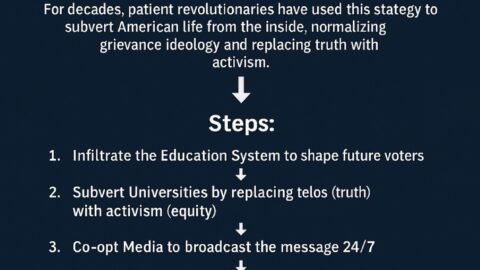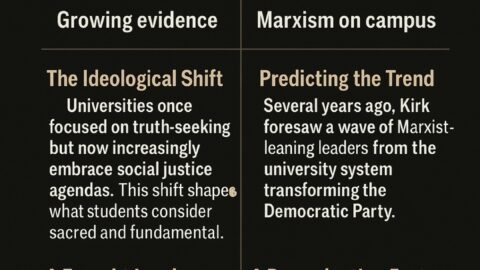The idea of the rapture—that believers in Christ will be taken up (or “caught away”) to meet Jesus in the air before a period of great tribulation—did not exist in early Christianity. It emerged much later, and its rise is deeply connected to 19th-century theological movements, particularly in the West.
Here’s a concise timeline and explanation:
Timeline: Origins of the Rapture Doctrine
1st–4th Century (Early Church):
- The early Christians believed in the second coming of Christ, final judgment, and resurrection of the dead—but no concept of a secret rapture.
- Church Fathers like Irenaeus, Justin Martyr, and Augustine taught resurrection and judgment after tribulation, not removal from it.
17th–18th Century (Proto-Ideas):
- A few theologians (e.g. Increase Mather, Morgan Edwards) began speculating on a pre-tribulation coming of Christ, but these views were rare and not widely accepted.
1830s – The Birth of Modern Rapture Theology:
- The rapture doctrine as we know it today was first clearly articulated by John Nelson Darby, a British evangelist and founder of the Plymouth Brethren.
- Darby promoted dispensationalism, which divided history into distinct “dispensations” of God’s dealings with humanity.
- He proposed a pre-tribulation rapture, where believers would be taken up before a literal 7-year tribulation period.
Late 19th–20th Century: Popularization in America
- C.I. Scofield’s Reference Bible (1909) embedded Darby’s ideas into the margins of Scripture—massively influencing American evangelical thought.
- The rapture doctrine spread widely through prophecy conferences, radio, television, and later, books like The Late Great Planet Earth (Hal Lindsey) and Left Behind (Tim LaHaye).
Why Did It Take Hold?
- Appealed to Western Christians’ desire for escape from persecution, suffering, and societal collapse.
- Provided a clear timeline, which many found comforting in times of global upheaval (wars, depressions, etc.).
- Shifted focus from kingdom-building to personal escape, which aligned with individualized faith and consumer Christianity.
Biblical Passages Used (But Misinterpreted)
- 1 Thessalonians 4:16–17: “Caught up together with them in the clouds…”
- Matthew 24:40–41: “One will be taken, the other left…”
- These passages refer to the final resurrection and return of Christ, not a secret escape before tribulation.
Final Analysis:
- The rapture doctrine is a modern invention, with no basis in early Church teaching or historic Christianity.
- It reflects modern Western desires more than biblical or apostolic eschatology.
- It has diverted attention from covenant faithfulness, societal courage, and enduring through trial—replacing them with escapist theology.







